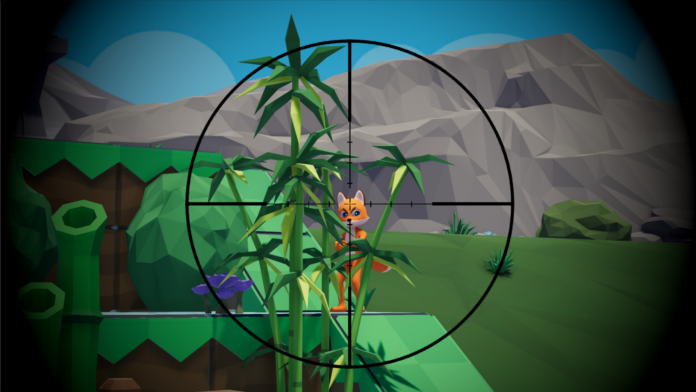During the day he works as a Senior Software Engineer at Blizzard Entertainment, creating games like Hearthstone, together with a large group of specialized professionals. In his spare time however, Evan Polekoff likes to work solo on whatever crazy project his mind thinks of. For the last five years, off and on, he worked on Critter Crossfire, a turn-based tactics and first person shooter hybrid. “This game represents me as a developer”, he says. “I get excited to implement wacky ideas!”
But the stress of work can take its toll, and part of the reason why the development of Critter Crossfire is taking this long is because Polekoff had to take breaks. “Burnout is a very real threat to solo-developers”, he says. “There have been a few 6-month breaks there.” With the game now announced for a 2024-release, the part time solo dev is motivated to finish the game. Although he admits that motivation alone isn’t enough. “Motivation is a limited resource that will inevitably wear out in a year or two. After that, if you want to ship something, you need to build discipline.”
Why are you working as a solo developer?
“In AAA, the roles are typically very specialized and each individual doesn’t have much room to experiment outside of their responsibilities. I work on personal projects in my free time because it gives me more freedom to make whatever crazy ideas I want to make. Critter Crossfire represents me as a developer, the types of games I want to make, and the types of games I want to see more of in the industry. I get excited to implement wacky ideas like the Flappy Gun that shoots a controllable flappy bird as a bullet.”
I get to wear every hat, from 3D art to level design to marketing and everything in-between
“Working on personal projects is also a great way to develop new skills that I don’t have the opportunity to develop in my day-to-day work. I get to wear every hat, from 3D art to level design to marketing and everything in-between. This practice helps keep me well rounded as a developer so I can better communicate with people who specialize in those roles. There have been times in my work at Blizzard where I’ve made an animation or edited a PSD file or a 3D model to iterate more quickly on a design and the designers on those teams have let me know how much they appreciate it.”
What are the biggest advantages of working solo?
“The advantage of the indie space in general is that we get to work on smaller, more niche ideas. The AAA companies focus on making big budget projects that appeal to the largest possible audience, but I am able to make a riskier game that pushes genre boundaries. Since I don’t depend on the financial success of Critter Crossfire for my livelihood, I can keep the scope smaller and focus on making something unique and special rather than targeting the industry trends. Not to mention how smaller physics-based games like Critter Crossfire are able to get away with some level of charming jankiness that AAA games can’t.”
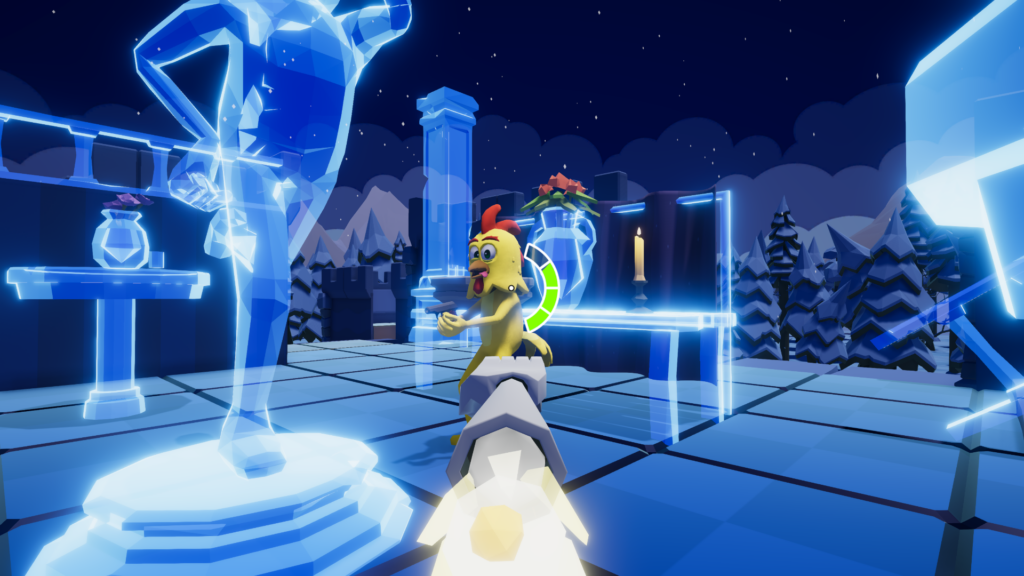
“Working alone has the additional benefit of avoiding team fallouts. I have seen a lot of teams try to develop indie games that break apart because one team member loses interest, or the team members get in an argument, or one of the developers has a newborn child and understandably needs to step away. While it means more burden is placed on your own head as a solo developer, it also means that the only reason the game can fail to ship is due to yourself. This might seem like a small risk, but with how long games take to make it’s much more common than you might think and is probably the biggest reason why indie games fail.”
“Finally, the most gratifying part of working as a solo developer is that you have a more personal connection with the fans of the project. All of the positive comments mean so much more because it’s something I made entirely by myself. However, that also means that there is no one to share the blame with when there are negative comments, so there is a tradeoff.”
And the biggest pitfalls?
“The downside of wearing so many hats is that my development time is pulled away from my specialties. While I consider myself a good engineer, I had to spend hundreds of hours doing things I’m not as skilled at, such as 3D modeling and UI art. Even the announcement trailer took me 50+ hours over 6 months to make. I often find myself wishing I had hired a contractor to handle the art and sound design for the game so I could have re-invested that time in the engineering and design.”
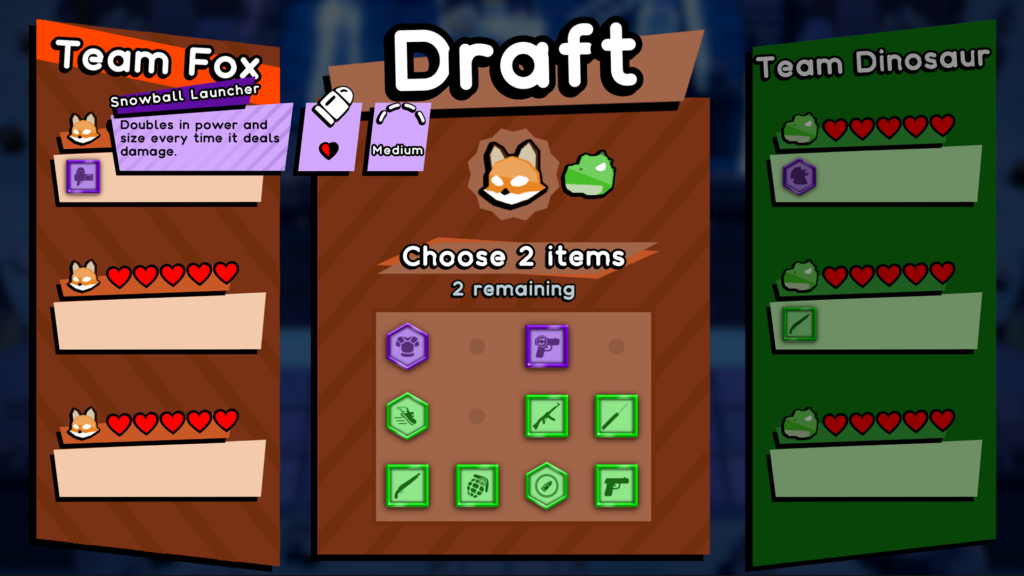
“Another benefit of working in a team is that you always have someone to bounce ideas off of. While I get feedback from friends and playtesters, it doesn’t compare to the iteration you get from working with someone who is equally as invested in the project as you are. Sometimes I have to make a bet that a feature will be fun only to end up cutting later after playtest feedback.”
What’s your creative process?
“I do a lot of solo playtesting, either against myself or against a CPU player. Luckily, Critter Crossfire is turn-based, which means I can reasonably play against myself. After reaching larger milestones, I send playtest builds to friends to get feedback and polish things up. I also keep a running list of ideas and slowly prune them over time. Since the game has been in development for so long, the list has grown quite large and covers more than I could ever reasonably complete by myself, but it still helps to have a backlog.”
“I learned that it’s risky to immediately jump on new ideas as you come up with them because the initial excitement could make them feel more important than they actually are. It’s best to let the ideas sit for a while before revisiting them so you can see if it’s still a good idea a few months down the line. This helps maintain focus on finishing the game and keeps scope creep in check.”
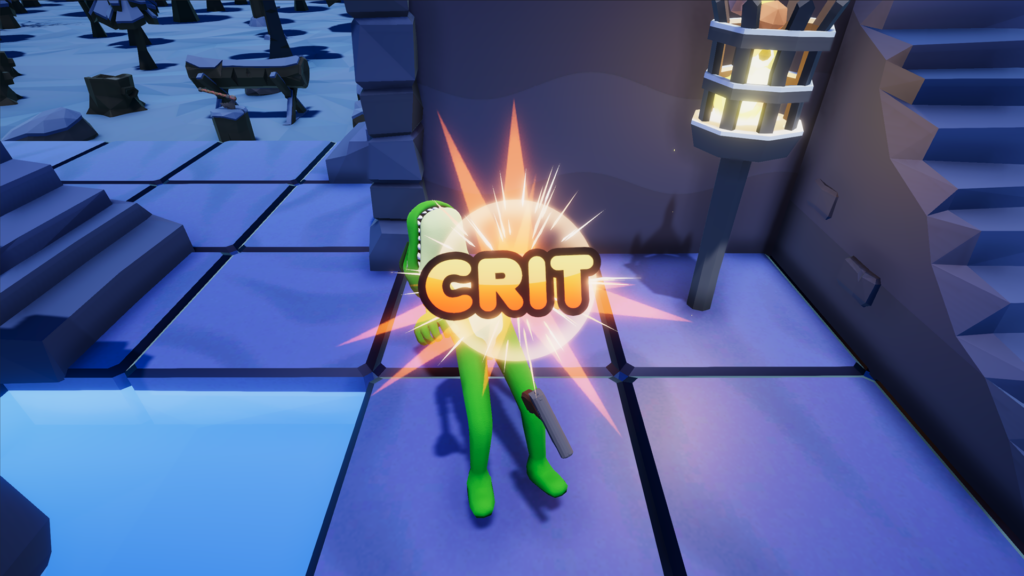
How do you stay motivated through (years of) development?
“Motivation is a limited resource that will inevitably wear out in a year or two. After that, if you want to ship something, you need to build discipline. It’s important to set a schedule and force yourself to work on it every day without breaking the streak, even when it’s no longer fun.”
I recommend any developer struggling with motivation to give this approach a try!
“After a long day of work in AAA, I find it hard to convince myself to get back on my computer and work on my side project, especially when all of my motivation has dried up. My approach to get through these rough patches is to adjust my schedule by waking up early every morning and working on my project for 2 hours before heading into the office. This strategy allows me to dedicate my most productive hours of the day on my personal project while relieving the pressure to work in the evenings. I recommend any developer struggling with motivation to give this approach a try!”
If your solo projects are successful, would you consider going solo completely?
“I don’t think I’ll make a game completely by myself again. If I continue working on indie games, I would rather find a team or rely more on contractors and get a publisher to help cover the costs.”
How did you get the idea for Critter Crossfire?
“I’m a big fan of turn-based tactics games like Fire Emblem. Most of the games in that space rely entirely on strategy, so I wondered how it would feel to bring active gameplay into the genre. I wondered if the genre could be made more appealing to a casual audience if the complexity around the unit stats and hit-rate percentages were replaced with physics and simple mini-games. A lot of people tell me the result ended up feeling a lot like Worms, which I think is a good thing.”
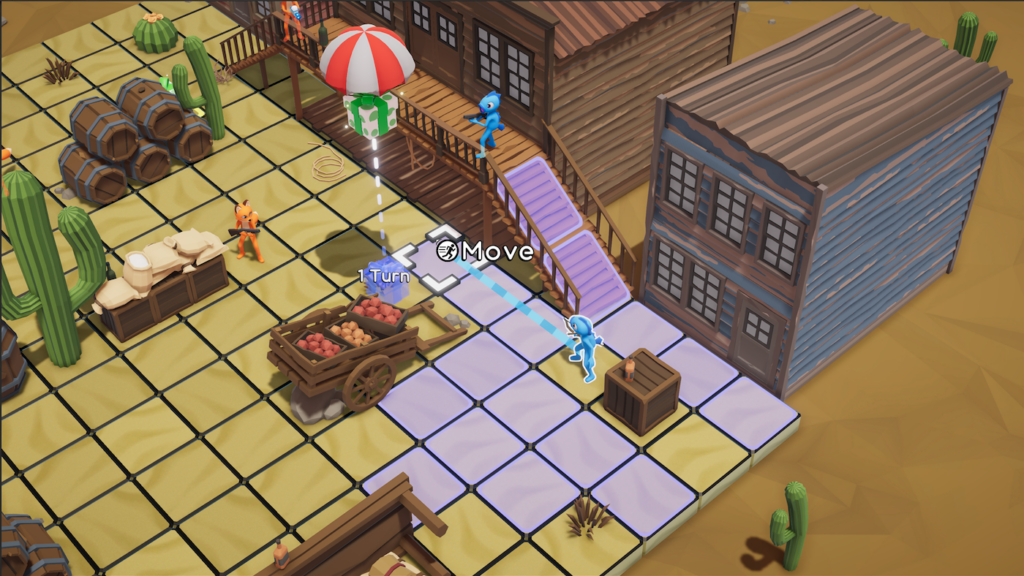
“The core mechanics of Critter Crossfire leave the door open for so many unique items that couldn’t exist in any other turn-based tactics game or first person shooter. For instance, the Gun Gun allows the player to fire a gun that shoots another gun, meaning they have another chance to quickly aim their shot while the first gun is flying through the air. I’m excited to see how players react to all of the wacky items and I’m excited about the plans I have for the game in the future.”
What’s the biggest lesson learned from this project?
“There are so many lessons learned, but the thing that is stressing me out the most right now is marketing. I knew it would be a big time commitment, but I drastically underestimated just how much time it would take. There are so many amazing games with much larger budgets all vying for people’s attention and you don’t get any special affordances just for being a solo-developer.”
I drastically underestimated just how much time Marketing would take
The toll on your mental health can be quite high as a solo dev. How do you deal with that?
“Burnout is a very real threat to solo-developers. I have been working on Critter Crossfire for about 5 years now and the reason it’s taken so long is because I’ve had to take breaks due to burnout. There have been a few 6-month breaks in there, but also I’ll work on another smaller project like a Game Jam that ends up sapping my energy for a month here or there. The thing that helps the most is seeing people smile and genuinely have fun playing the game that I worked so hard on!”

